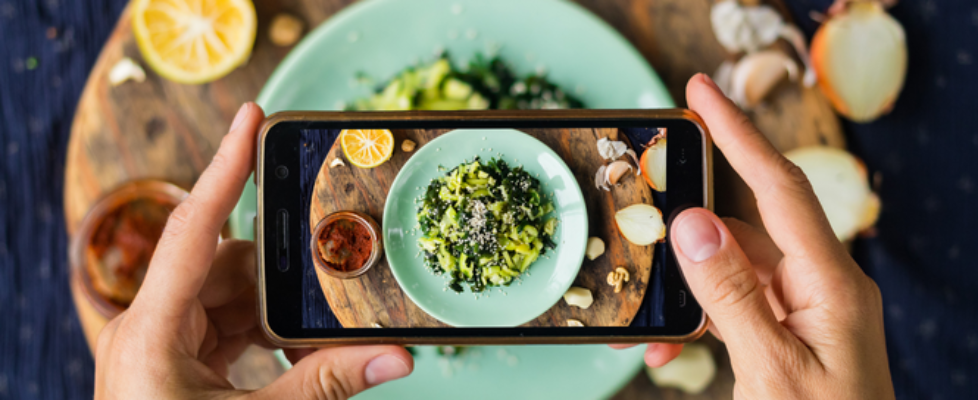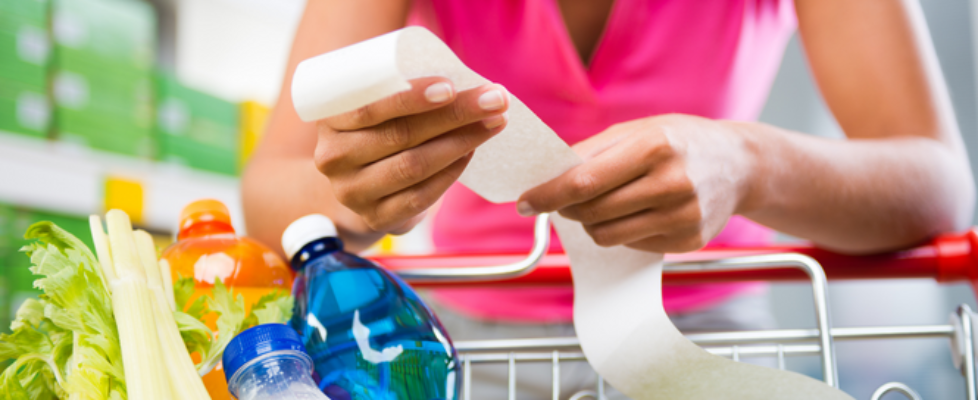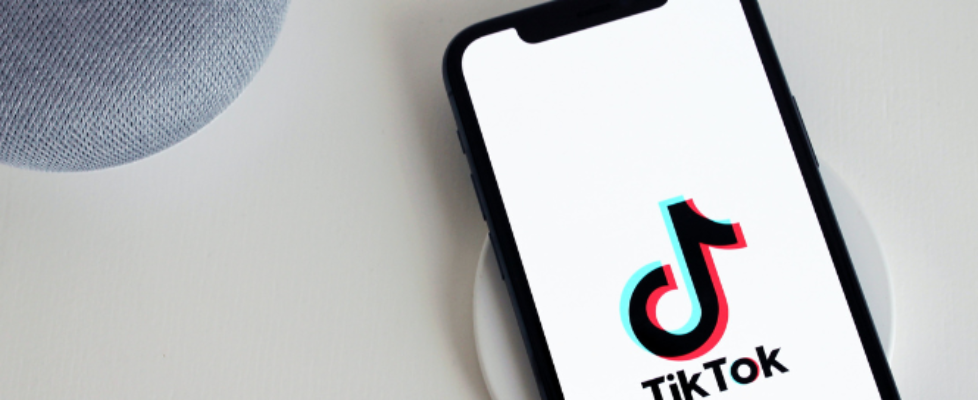Cracking the Code: How Influencer Marketing Can Drive Female-Centric Brand Success in 2024

With autumn just around the corner, we’re preparing to say goodbye to 2023 and usher in a new year filled with fresh marketing ideas and strategies. To prepare for what’s to come, it’s wise to look back at this year—where we’ve been, where we are now, and where we expect to go.
One tactic that continues in importance is influencer marketing, especially as a strategy for marketing to women. More than 84% of influencers on Instagram are women, making them instrumental in generating a substantial portion of the revenue attributed to influencer marketing. The significance of influencer marketing becomes even more evident when you consider that women control more than 85% of all consumer purchases.
The revenue propelled by women through influencer marketing is enormous and only getting bigger. Over the last five years, influencer marketing has surged by over 500%, culminating in a staggering total worth $13.8 billion. In 2023 alone, firms are expected to spend up to $4.5 billion toward influencer marketing efforts.
As impressive as this all may sound, only 25% of marketers have incorporated influencer marketing into their strategies. That means there is still substantial room for growth, particularly for brands striving to effectively convey their marketing messages to women.
Below are some statistics and insights that delve into the power of influencer marketing and why some brands outperform others in this area. With this information, you can start crafting your marketing blueprints for 2024, specifically tailored to your female audience. More









